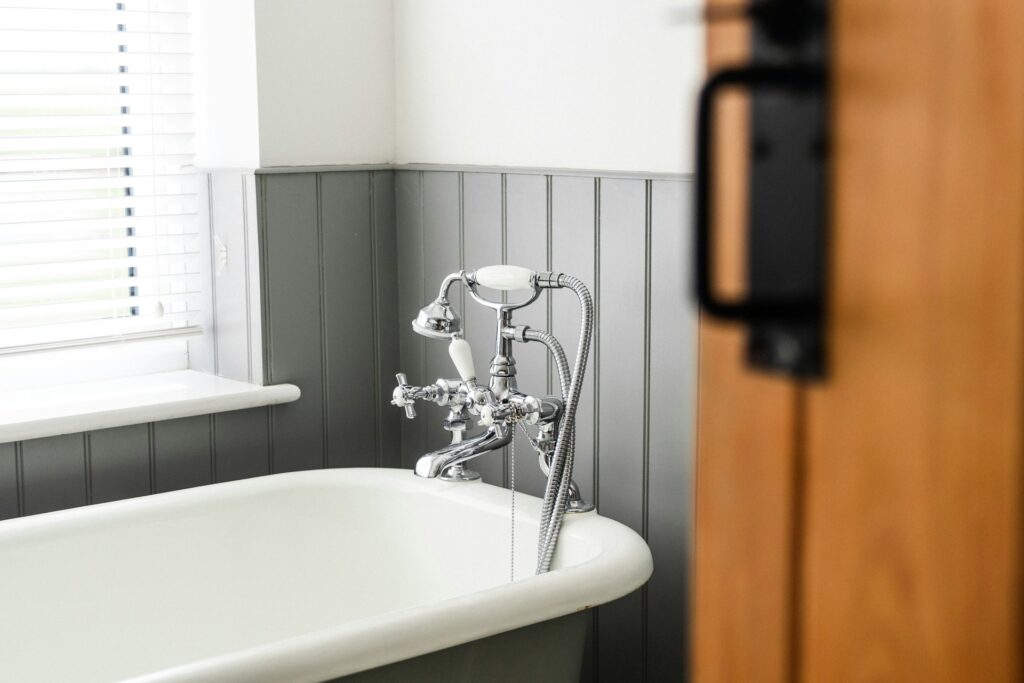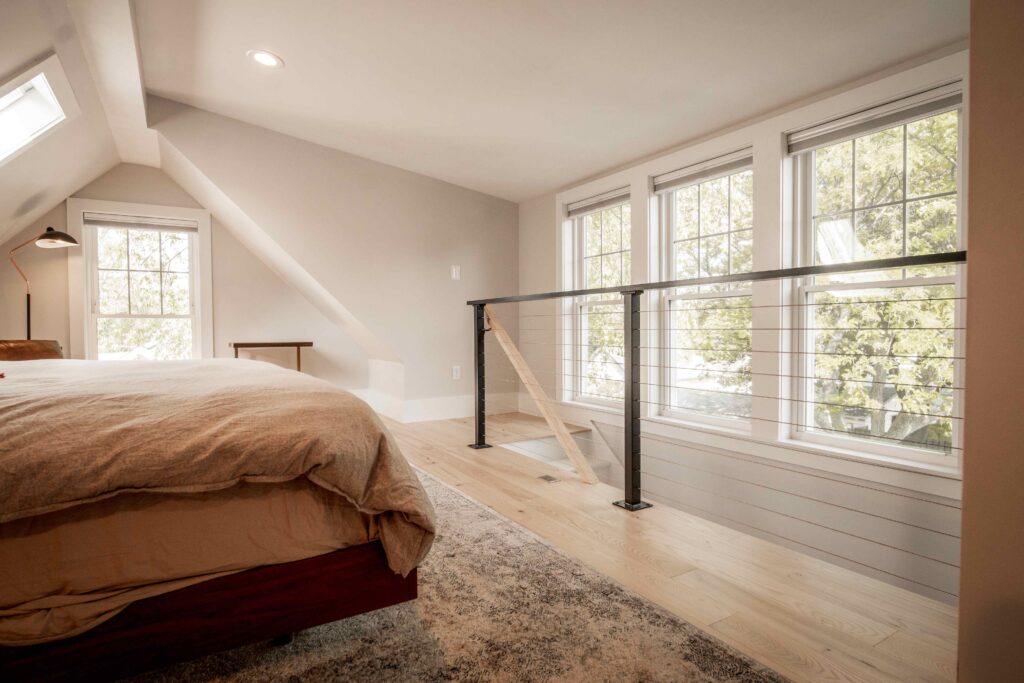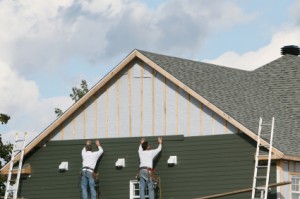
Are energy bills keeping you up at night? It’s not just you. Many homeowners are also trying to find easy and affordable practical ways to cut energy expenses while keeping their homes comfortable all year. What if you’ve already improved your home’s insulation or installed new windows? There’s still one way to lower your expenses: upgrading your siding.
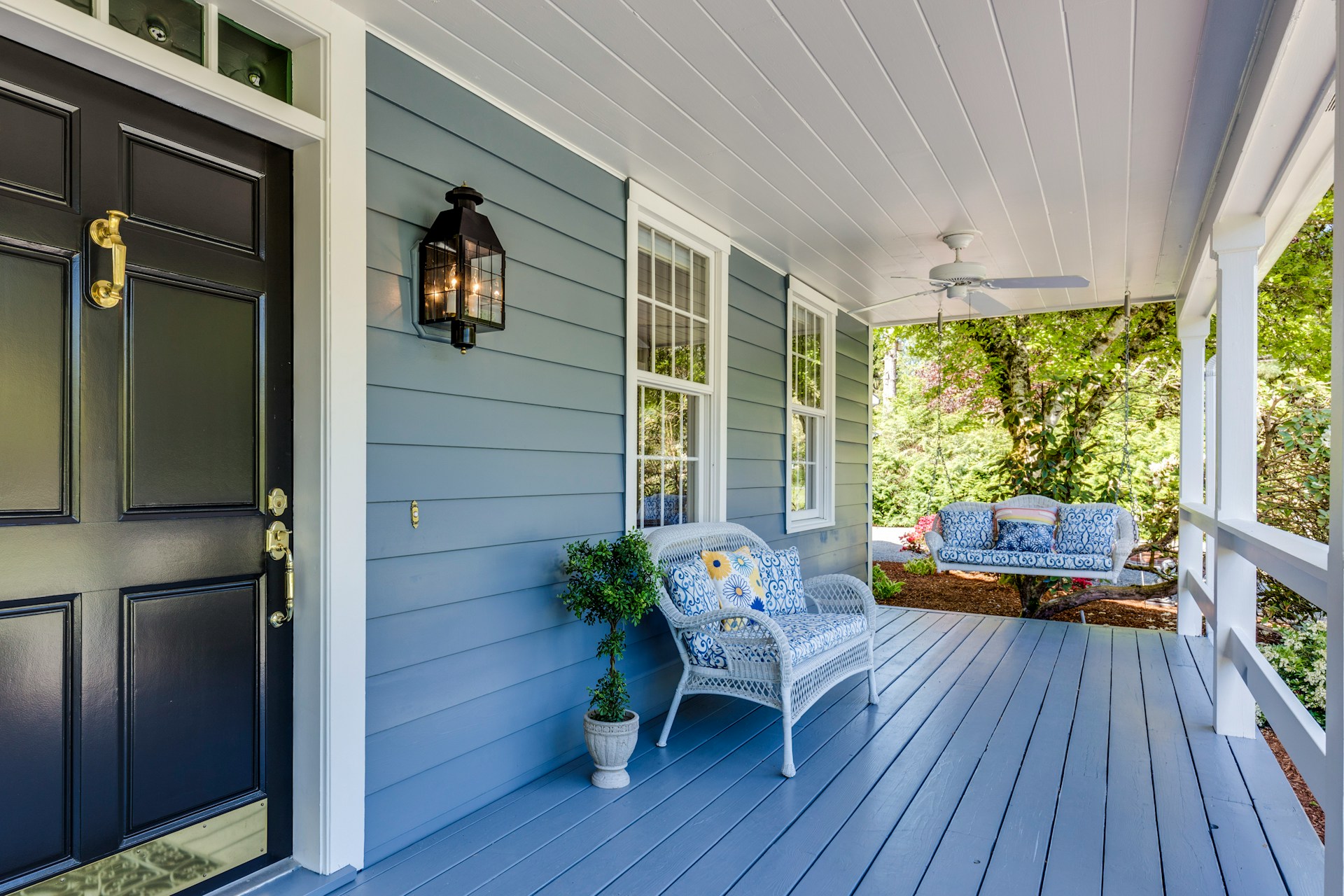
Besides giving your house that fresh, polished look, installing siding will enhance your home’s energy efficiency and reduce heating and cooling costs, making it a smart investment for your wallet and the environment.
The Importance of Energy-Efficient Siding
A siding with high energy efficiency acts as a protective barrier, reducing heat transfer between your home’s interior and the external environment. This minimizes the strain on your HVAC system and helps maintain consistent interior temperatures and significant energy savings.
How Energy-Efficient Siding Works
Understanding the mechanics behind efficient siding highlights its value. Here are the core components that contribute to its functionality:
Thermal Insulation
Energy-saving siding, particularly insulated vinyl, features built-in layers of insulation that help prevent heat loss during winter and heat gain in summer. This creates a stable indoor climate, requiring less energy for temperature regulation.

Improved R-Value
The R-value measures a material’s resistance to heat flow. With insulated vinyl reaching an R-value of up to 4, it significantly outperforms traditional picks like stucco or wood, which have much lower values.
| Type | Approximate R-Value |
|---|---|
| Insulated Vinyl | Up to 4.00 |
| Beveled Wood | 0.81–0.87 |
| Non-Insulated Aluminum/Steel | 0.61 (or lower) |
| Stucco (2-inch thickness) | 0.40 (0.20 per inch) |
Moisture Control
Besides just lowering energy bills, high-quality options prevent water infiltration, protecting your home’s structural integrity. Proper moisture management prevents mold growth and reduces maintenance costs.
Types of Energy-Efficient Siding
Each type comes with its own set of advantages, allowing homeowners to strike a balance between functionality, aesthetics, and energy efficiency.
Insulated Vinyl
Many call insulated vinyl the top choice for energy efficiency because it gives superior thermal resistance. The foam insulation backing fills the gap between the wall sheathing and the siding itself, which minimizes heat transfer. This lets homeowners keep a consistent interior temperature all year.
It’s easy to maintain and available in various colors and finishes. This allows homeowners to achieve the desired look without compromising on energy efficiency.
Fiber Cement
Fiber cement siding is known for its resilience and ability to mimic the appearance of natural wood. While its insulating properties are moderate compared to insulated vinyl, its density gives it improved durability and resistance to pests, fire, and harsh weather.
This type of replacement siding is ideal for homeowners seeking a balance between aesthetics and performance. Its range of textures and styles gives it the kind of versatility for various architectural designs.

Wood
Wood siding is a more sustainable option if you’re after an eco-friendly choice. However, it requires consistent upkeep, including sealing and painting, to maintain its energy efficiency and protect against rot and pest damage. Without additional insulation, wood has lower thermal resistance, but with proper care and supplementary insulation, it can perform well in moderate climates.
Aluminum
Lightweight and recyclable, aluminum siding is also a decent option for reducing energy costs. However, it does fall short of the thermal resistance that comes naturally with insulated vinyl. Being resistant to rust and insect damage makes it a durable choice in specific environments.
Brick and Stone Veneer
Though not typically associated with energy efficiency, brick and stone veneer can provide modest insulating properties when paired with appropriate backing materials. These are often lauded for their timeless aesthetic appeal, but they tend to be more expensive and harder to install.
Financial Benefits of Energy-Efficient Siding
Investing in energy-efficient siding options lowers bills and also adds tangible value to your property.
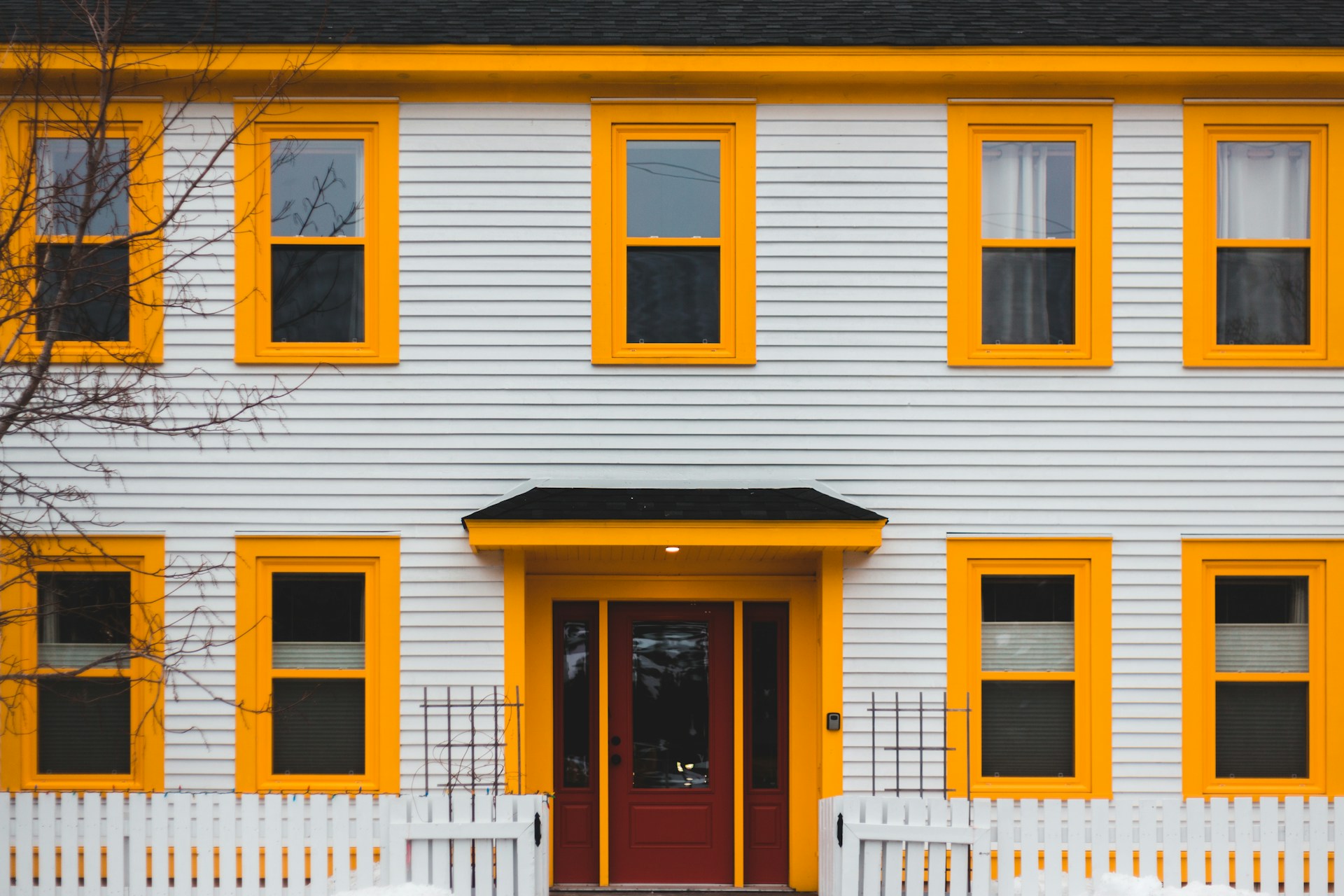
Lower Utility Bills
The biggest benefit to installing an efficient siding is the money you won’t have to spend on excessive heating and cooling costs. It can reduce heat transfer and maintain consistent interior temperatures. Insulated vinyl, for example, enhances HVAC performance by preventing thermal leaks.
Home Value Increase
An energy-efficient home has a higher market value by default. High-efficiency upgrades are a major selling point for potential buyers. In some areas, a siding with high energy efficiency may qualify for tax benefits. While policies vary, consulting with a professional installer like Statewide Remodeling ensures you maximize these opportunities.
Additional Advantages of Energy-Efficient Siding
Insulated options can reduce external noise by up to 40%, making your home a quieter and more peaceful space. As far as being eco-friendly, materials like vinyl are recyclable, which helps to lower your home’s environmental impact.
They’re also very easy to maintain. Unlike traditional options, insulated vinyl resists warping, cracking, and damage from pests like termites, saving homeowners time and effort.
And finally, the durability of replacement siding ensures it can withstand harsh weather conditions, including heavy winds and extreme heat, providing reliable protection for years.
How to Choose Energy-Efficient Siding?
You can’t just install “the best” siding and expect it to integrate with your needs, climate, and budget. The right type requires careful consideration of several factors:
- Get started by examining your insulation needs. Siding with a high R-value is ideal for maximizing thermal performance and improving energy efficiency.
- Take into account the local climate. In warmer regions, for example, lighter-colored options reflect heat and help keep interiors cooler. If you live in colder regions, your top criteria will be the level of insulation.
- How about your ideal aesthetic? Modern varieties can mimic the appearance of wood or stone, offering a stylish look without sacrificing functionality.
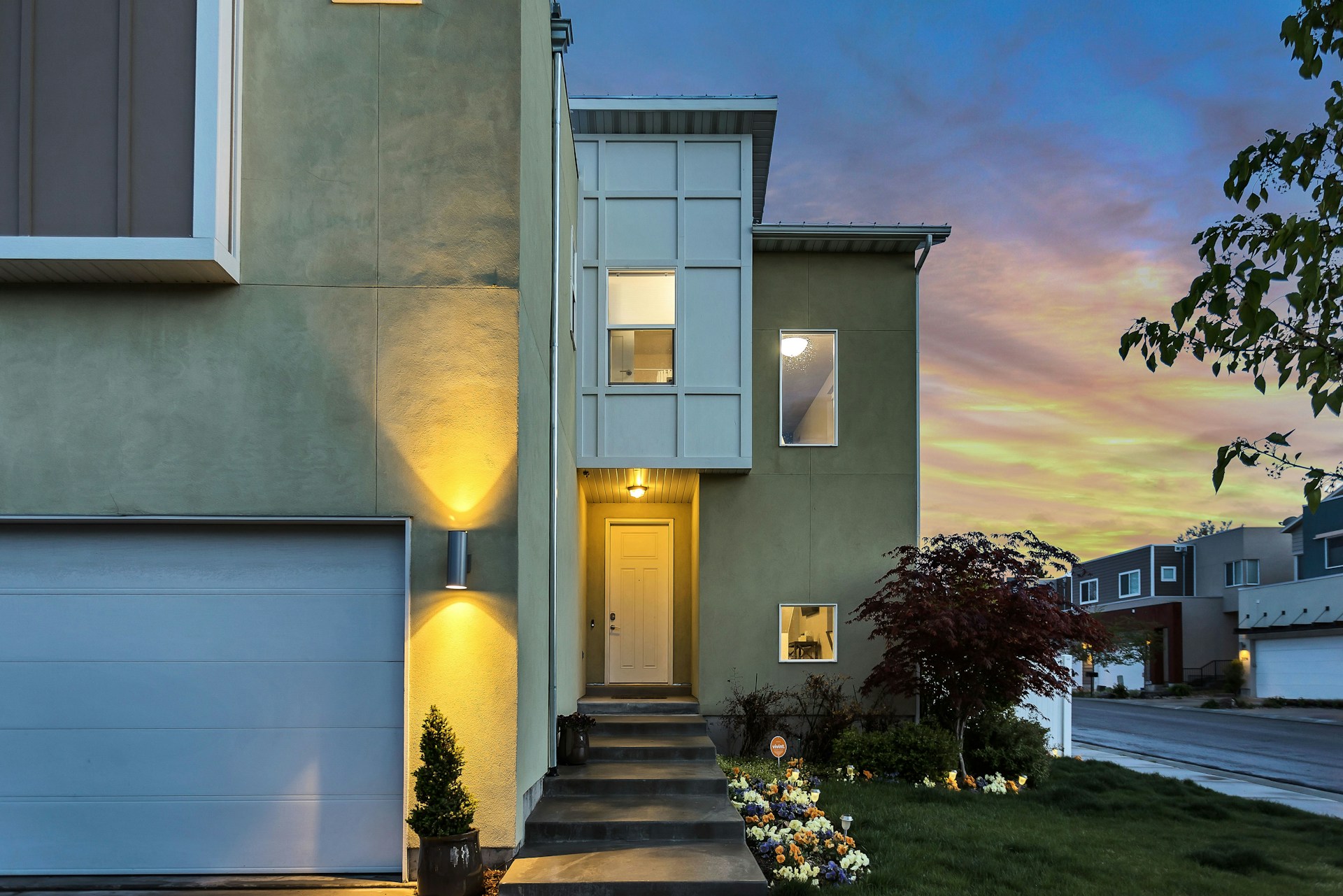
For guidance and assurance, consult professionals like Statewide Remodeling, who can help you navigate the various types and find the best fit for your home.
Where Can I Order Installation of New Energy-Efficient Siding?
Statewide Remodeling brings 30 years of experience when it comes to high-efficiency upgrades. As Southwest’s most recommended remodeler, we offer factory-certified and exclusive installations tailored to your needs, all wrapped in a lifetime guarantee.
With a proven track record of over 80,000 completed projects and glowing reviews, you can trust Statewide Remodeling to transform your home.
Stages and Timelines for Replacing Siding
Replacement involves several well-coordinated steps. Here’s what to expect:
Initial consultation:
One of our professionals will visit you to discuss energy-efficient options for your home, take precise measurements, and prepare a customized quote.
Material selection:
You will then be able to choose the type, style, insulation level, and features, such as low-E glass or UV-resistant coatings, for optimal energy performance.
Preparation:
Old siding or windows are removed, and wall or window openings are inspected and repaired to ensure structural integrity.
Installation:
Installations typically take 1–2 days.
Final inspection:
Our team will review the work to ensure everything meets quality standards.
FAQ
Does New Siding Improve Energy Efficiency?
Yes, particularly insulated siding, which reduces heat transfer and enhances HVAC efficiency. Proper insulation contributes to a more consistent indoor climate.
What Type of Siding Is Most Energy-Efficient?
Insulated vinyl offers the highest R-value, making it the most effective option for energy savings. Beveled wood and aluminum can also be a good option if you live in an area with a milder climate.
Is Siding Considered Energy-Efficient for Tax Purposes?
Insulated siding (e.g., insulated vinyl) may qualify for tax incentives if it meets energy efficiency standards, such as being Energy Star certified. Tax benefits typically apply to broader energy efficiency improvements, and certain state or local programs may offer additional incentives.
How Much Does Energy-Efficient Siding Cost?
Costs vary by state and material of your choice. Insulated vinyl, while more costly than traditional siding, appears to be the most cost-effective option thanks to its energy efficiency. Across the US, the average cost of this option is $4 to $12 per square foot.
What Is the Most Economical Siding for a House?
If budget is a primary concern, aluminum siding is the most affordable option, but it doesn’t provide the same level of energy efficiency as insulated vinyl.
How Much Does Siding Affect Home Value?
Making your home energy efficient can significantly boost resale value. The type of siding, its condition, and the quality of installation all play a role in determining how much value it adds.
What Is the R-Value of Exterior Siding?
The R-value varies, with insulated vinyl reaching up to 4.00. Quality insulated siding should typically feature a 2.00 to 4.00 R-value.
What Is a Good R-Value for Siding?
Higher R-values indicate better thermal resistance. Aim for materials with R-values of 3 or more for optimal energy savings.
Does Siding Increase the R-Value?
Yes, adding insulated siding boosts your home’s overall R-value. However, siding alone, without additional insulation, typically offers limited R-value enhancement.
What Color Siding Is Most Energy-Efficient?
Light colors reflect heat, ideal for warmer regions, while dark colors retain heat in colder climates.


.png)
.png)

